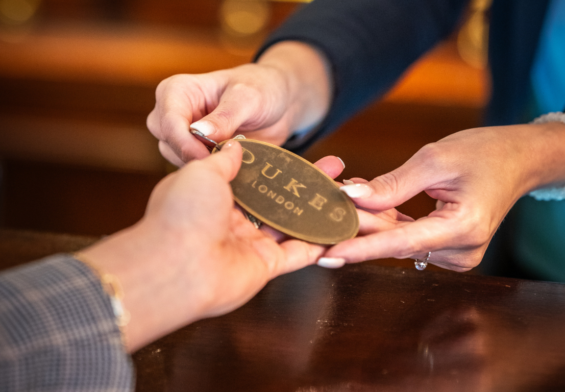By Shona Hirons, an award-winning global Resilience and Burnout Coach.
Having worked from home for the past four years, I understand that loneliness is the biggest challenge when you are working from home.
Until I’d developed some coping strategies to beat the feeling of loneliness, I found myself working more hours, but also noticed that my productivity was less. Over the past couple of years whilst working as a Resilience Coach all over the world, I’ve noticed that the global pandemic has impacted the way we work and feel.
There is now a digital intensity to our jobs, which most of us have not experienced before. In our traditional workplace setting, we would have natural breaks and opportunities to step away from our desks throughout the day.
Most people would work in open plan settings, so there would be water cooler chats, coffee breaks, being able to tap your colleague on the shoulder and ask if you could run something past them, or a walk to the shop to pick up a sandwich.
Although working remotely does come with many benefits, getting the balance right can be tricky.

Here are some suggestions on how to get the balance right as a worker and employer.
What can we do ourselves?
1. Work somewhere else one day per week
This could be in a coffee shop or a library. Surround yourself with others. You may not speak to anyone, but you’ll feel connected and less lonely. On Fridays, I have a Zoom-free day and plan projects and catch up on admin. This is the perfect day for me to work somewhere else. I also find I am much more creative.
2. Plan a mid-week catch-up with a friend or family member
This can be a great way to have something to look forward to when you finish work for the day. It can also help to separate work from your home life.
3. Create time during your day to get out
If you have a dog, this can be a great way to force you to take those important breaks and get out and meet people. Even a short walk can lift you up, increase your energy and make you more productive. You could also do a “Fake Commute” at the start and end of your working day to set those boundaries. This gets you into the right mindset of leaving the house to come back to the office at the start of the day, and leaving the office to come back home at the end of the day.
4. Stick the radio on or create a Spotify playlist
Being on video calls all day is draining. In between each call, stick some tunes on. I put the radio on and find that I work far better and don’t feel like I’m on my own.
What can employers do?
5. Offer employees an incentive
You could provide employees with a monthly budget to work out of a coffee shop, or a budget to make their home workspace an enjoyable place to work. Some employers offer an office space to use once or twice per week.
6. Have non-work-related virtual meetings
Some of the companies I work with have introduced a 15-minute meeting on a Monday to inspire positivity into the team at the start of the week. No work is discussed and it is a good way to get to know your colleagues more personally.
7. Build in a budget to bring all remote workers together
This helps to build relationships, improve morale and you get to know your colleagues better. This is likely to cost less than staff turnover, or unproductive staff.
8. Be aware of behaviour changes
Increases in sick days, lower productivity, negativity and disconnection are all signs that something isn’t right. Be compassionate, listen and show you care. Discuss ways to avoid feeling lonely.
9. Offer a Resilience Coaching Service
This is likely to cost a lot less than presenteeism, absenteeism and staff turnover. This article from Liquid Learning shows how the human element of Resilience Coaching is far more effective than just providing courses and online tools. https://liquidlearning.com/blog/What-you-Need-Know-About-Workplace-Resilience-Training
I offer businesses a safe space for employees to come and talk to me about anything bothering them. Loneliness and burnout have been some of the biggest problems for them. Having someone to come and talk to in confidence and without any judgement has kept the employees engaged and had a huge effect on their mental health.
A recent study by Calm People revealed the true costs of investing in Resilience Coaching, compared to the costs on businesses who do not invest. For example, the UK government’s Thrive at Work report demonstrated a £4.20 return on investment for every £1 spent. However, many companies are still reluctant to invest, despite burnout looking to be the next global pandemic. The Harvard Business Review declared it as one of the “most pressing topics facing business today.”
About the expert
Shona Hirons is an award-winning global Resilience and Burnout Coach. A breakdown from work-related stress, which led to a life-changing accident, requiring major facial reconstructive surgery and brain damage, gave her a big wake-up call. During her recovery, she went on a journey of self-discovery to rebuild her resilience, consider her values and achieve all the things she was told she couldn’t do. Shona has developed strategies to boost her resilience, and now helps others to do the same. She is the CEO of Mindset in Motion, and a leader in corporate wellbeing, working with corporate clients in over 195 countries. Her mission: To improve the well-being of people and businesses throughout the world.


